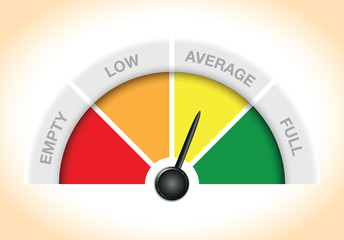During a recent Business Leadership workshop I was delivering to a group of experienced senior  leaders we started discussing the challenges of executing their business strategy through their “new workforce.” The purpose of the workshop was to develop the advanced leadership skills needed to manage across four generations. The conversation was lively and addressed many of the issues on the minds of the audience. One quote from a participant really stood out and set the tone for the rest of the discussion:
leaders we started discussing the challenges of executing their business strategy through their “new workforce.” The purpose of the workshop was to develop the advanced leadership skills needed to manage across four generations. The conversation was lively and addressed many of the issues on the minds of the audience. One quote from a participant really stood out and set the tone for the rest of the discussion:
“Quite frankly, the direction of the company and the direction of the middle and front line leaders around here is not moving in the right direction. I have found that if I set low expectations, I am not disappointed.”
Many of the other 14 participants jumped into the conversation and agreed about the setting and management of low expectations. As the conversation continued I thought to myself how profoundly sad it was that senior leaders of this company had to face and acknowledge the reality of the situation and have become so disconnected.
During the afternoon and proceeding discussions, it occurred to me that if an organization develops a culture of low expectations they are by default also developing an organization of low results. And that is not a good thing.
After the session, I conducted some research to come up with some ideas on how to create a culture that sets and manages realistic expectations and yields positive results. Here are three quick tips in support of getting your organization to have higher expectations and higher results.
Link Realistic Expectations to the Strategy
Expectations in a business environment that aren’t directly linked to the business strategy are potentially false expectations. As a leader, it is critical to make sure expectations are realistic and reasonable but most importantly linked to the business strategy. For example, a company with a strategy of Product Leadership should set the expectation that they will launch more innovative products in 2017 than any other competitor. That statement is realistic, linked to the strategy, and can serve to create organizational alignment.
Implement a System of Objectives and Key Results (OKRs) and Link them to Expectations
Expectations aren’t typically specific and quantifiable; they are emotional and create feelings. My suggestion is to create an integrated and aligned system of specific objectives and key results that are then linked to expectations. By way of example, a supporting OKR is to Launch one new product per month and have each new launch achieve 5,000 sold units and revenue of at least $5,000,000. The expectation is that all functions within the organization will do whatever is necessary to achieve the OKRs,
Exit Leaders Who Accept Low Expectations
This may sound like a harsh approach, but it’s one that I feel strongly about. There is no room for leaders who have given up and have low expectations. Their negativity can be contagious and their low expectations that bring low results could ultimately destroy your company. The strong suggestion is to have the hard conversations and make the tough choices to exit them from the company.




